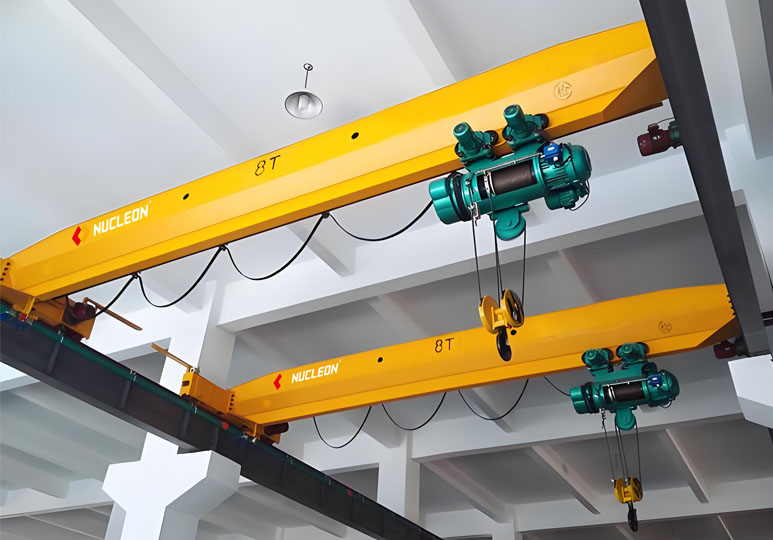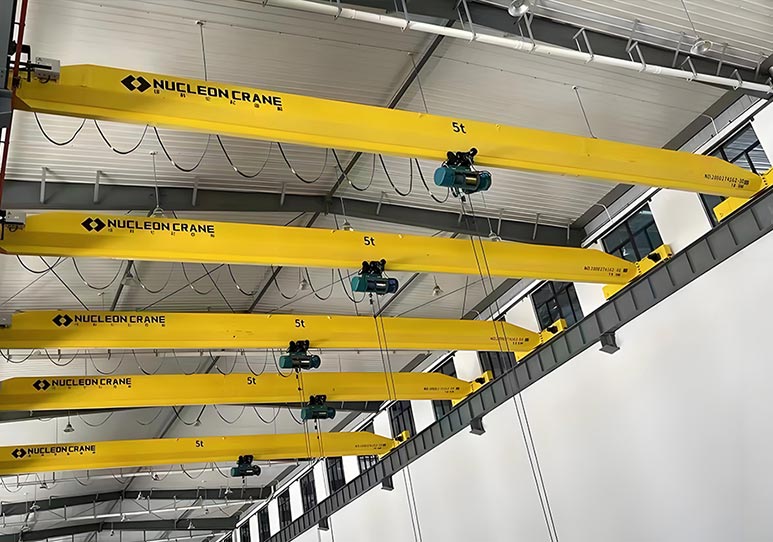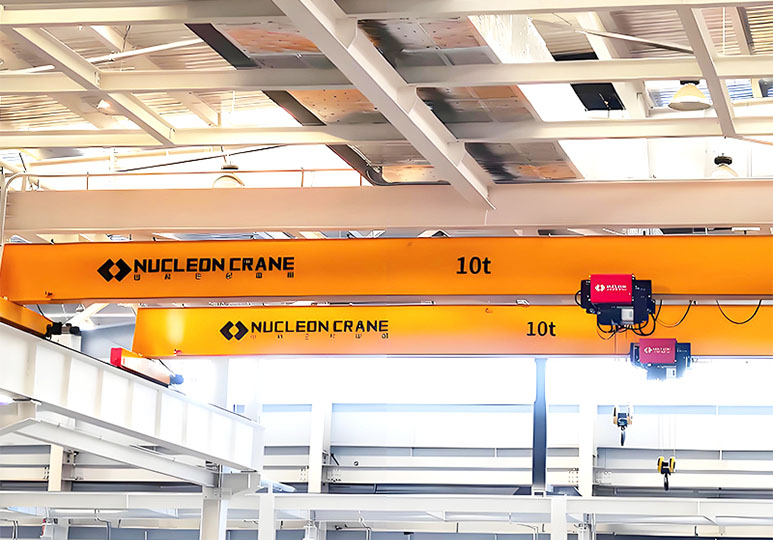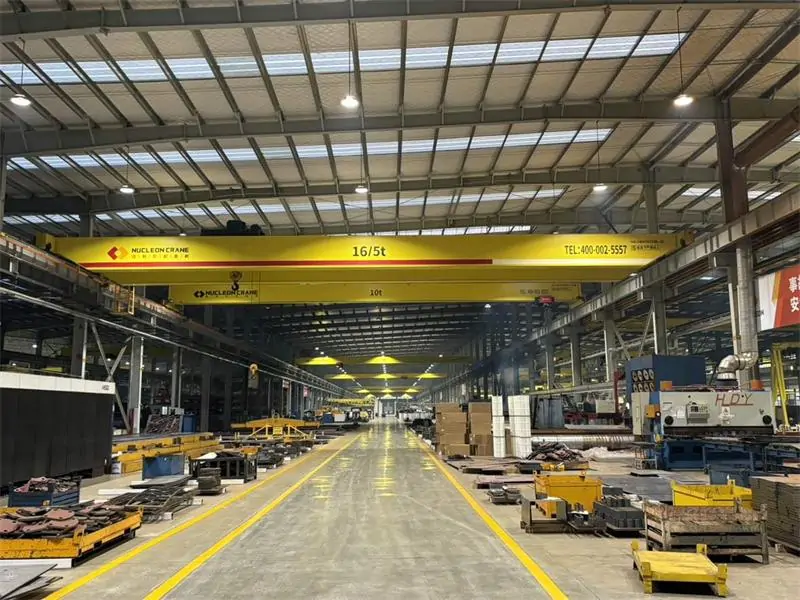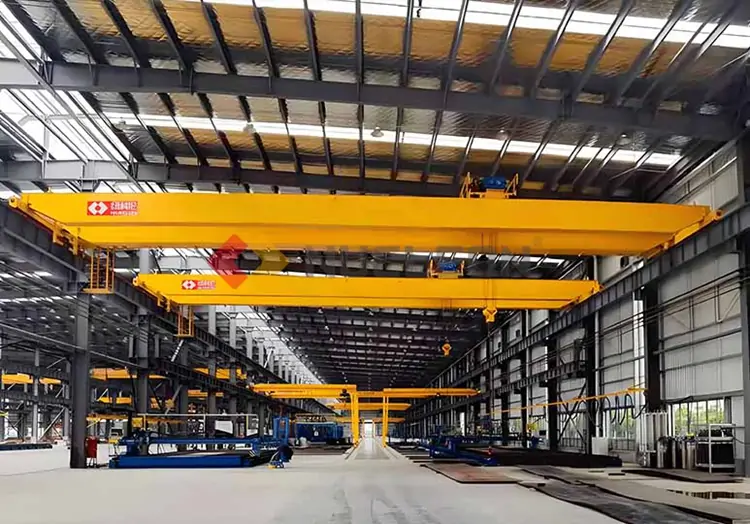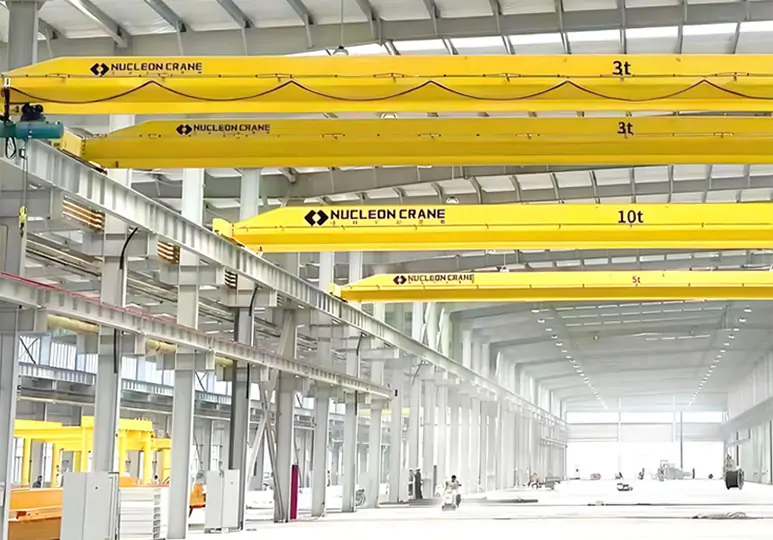Overhead cranes are the powerhouses of industrial production. Their safe and efficient operation is crucial for maintaining production order and the safety of maintenance personnel. To ensure they remain in optimal condition, a scientific and rigorous maintenance system is essential. This article will introduce in detail the maintenance and inspection requirements of bridge cranes, as well as when to do overhead crane maintenance, providing equipment managers with clear operating guidelines.
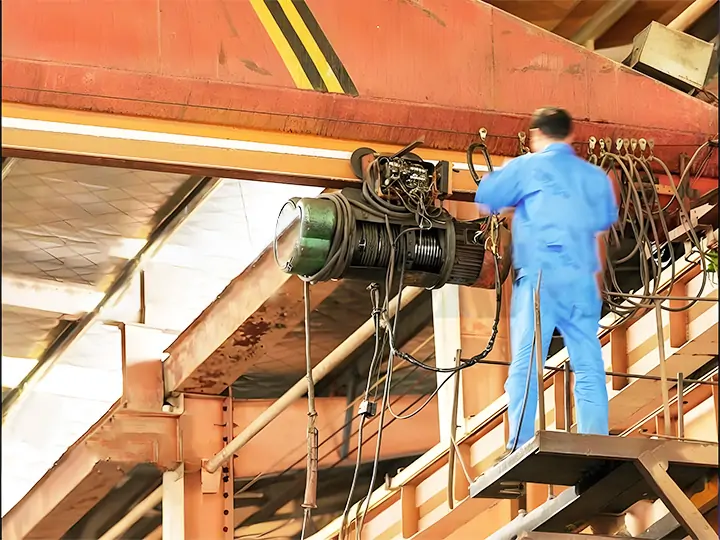
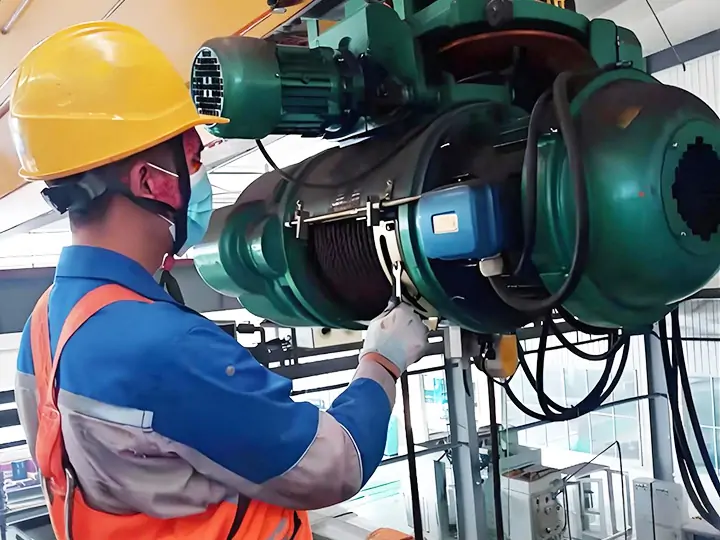
What is an overhead crane?
An overhead crane is primarily composed of a main girder, end beams, a trolley or electric hoist, and an electrical system. Because its ends are located within concrete columns or metal supports, resembling a bridge, it is called a bridge crane. It is primarily used in production workshops, factories, construction sites, petrochemical industries,warehousing,and logistics.

When to do overhead crane maintenance?Maintenance cycle
Daily inspection of overhead cranes
Daily inspections are combined with bridge crane operator handover system. The operator taking over the job will check the crane's key electromechanical components, such as the hook, wire rope, various mechanism brakes, controllers, various mechanism limiters, and various safety switches, to ensure they are operating reliably and sensitively. Specific inspection items are as follows:
1. Check whether the main power switch of the protection box is turned off. It is strictly forbidden to check with power on.
2. Check whether the wire rope has broken strands and wires, whether the winding of the drum and pulley is normal, whether there are grooves, knots, kinks, etc., and whether the pressure plate bolts at the end of the wire rope are tightened.
3. Check the hook for cracks, the anti-loosening device on the hook nut, and the integrity of the lifting equipment.
4. Check the brake shoes of each mechanism for tight contact with the brake wheel, the brake shoe lining and brake wheel for wear, the opening plate for integrity, the magnet travel for compliance, and the connecting rod for any jamming.
5. Check the connecting bolts and fixing bolts of each rotating component for tightness. Check the wiring of each electrical device for proper operation and the contact between the conductive slider and the sliding wire.
6. Check the crane for smooth and normal operation of the end limit switch and the safety switch for smooth and normal operation.
7. Check that the crane mechanism rotates normally and there are no unusual sounds.
8. Clean the equipment 15 minutes before leaving get off work to maintain a good hygienic environment.

Weekly inspection of overhead cranes
At the end of each week, several crane operators will jointly conduct a comprehensive inspection of the crane. Weekly inspections include:
- Contact and corrosion of the contactor and controller.
- Wear of the brake friction pad.
- Tightening of the linkage and screws on the key connection.
- Wear of the wire rope after use for more than 6 months.
- The lifting mechanism of the double-layer brake and the braking torque of each brake.
- The electric limit switch is sensitive and reliable.

Monthly inspection of bridge cranes
Bridge crane operator and maintenance personnel (electrician, fitter) will inspect overhead crane together. In addition to the weekly inspection, the monthly inspection also includes the following contents:
- Tighten the foundation screws of the motor, reducer, bearing housing, angle bearing housing, etc., and check for wear on the motor brushes.
- Tighten the wire rope clamp screws, and check for wear and lubrication of wire ropes used for more than three months.
- Check for wear on the wire insulation at the pipe ends.
- Lubricate the rotating shaft of each limit switch.
- Check the lubricating oil level in the reducer.
- Check for wear on the wire rope at the balance pulley.
- Lubricate the rotating gears of open gears.

Semi-annual inspection of overhead cranes
The semi-annual inspection can be combined with the maintenance of the first-level crane, combining operators and maintenance personnel. In addition to weekly and monthly inspections, the content of the semi-annual inspection should also include the following:
1.Tighten the connection screws on the control panel, protective box, controller, resistor, and terminal blocks.
2. Tighten the end beam screws.
3. Lubricate the brake solenoid cylinder and check the oil quantity and quality of the hydraulic brake solenoid.
4. Insulate all electrical equipment.
5. Check for deformation of metal structures, but no welds.
6. The wheels are gnawing at the road.
Annual inspection of bridge cranes
In addition to all the contents of the semi-annual inspection, you should also check whether there are cracks in the metal components and whether the welds are rusted; check the wear of the large and small wheels; measure the difference between the trolley span and the trolley track span; measure the static deflection of the main beam and the static and dynamic load tests; and fully lubricate the crane.

Recording and Tracking
Establish an independent "equipment maintenance file" for each bridge crane, recording in detail every inspection, maintenance, repair, and parts replacement. This not only helps track equipment status but also provides data support for future fault diagnosis and preventive maintenance.

Summarize
Overhead crane maintenance is a systematic and rigorous process. Managers must establish a multi-tiered maintenance plan based on daily inspections, with scheduled maintenance as the core and annual inspections as a safeguard. Throughout this process, managers must always keep safety regulations in mind, focus on key components, and maintain detailed records. Only through this standardized and institutionalized management can hidden dangers be eliminated to the greatest extent possible, equipment lifespan be extended, and ultimately, safe production for the enterprise be guaranteed.


